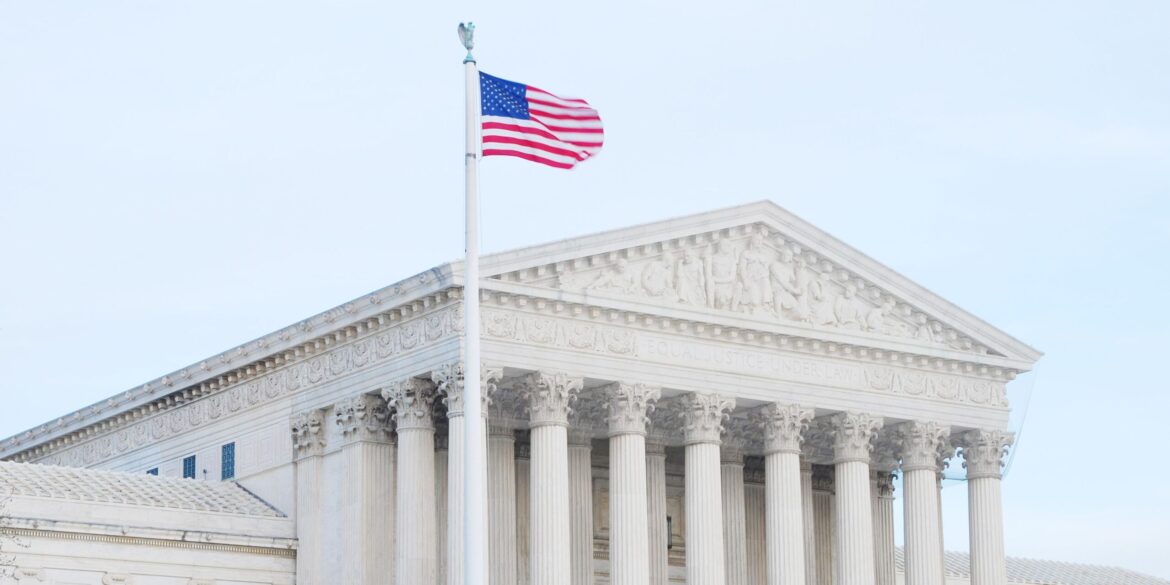A U.S. appeals court has temporarily ruled in favor of President Donald Trump’s authority to retain control over the California National Guard, in the midst of a legal battle with Governor Gavin Newsom. This ruling stems from a challenge by Newsom, who questioned the legality of the deployment of federal troops during protests in Los Angeles. While the court found that Trump likely acted within his executive powers, it allowed the possibility for Newsom to pursue the case further under other legal grounds.
This decision underscores the ongoing tensions between federal and state authorities, especially when it comes to matters of law enforcement and the deployment of military forces during times of civil unrest. The temporary ruling is just the latest chapter in a broader, complex discussion over the separation of powers in the U.S. and how the National Guard is used during protests or civil disturbances.
Background: The Dispute Over the National Guard
The legal challenge began after President Trump deployed federal troops to California in response to escalating protests following the death of George Floyd in 2020. Governor Newsom expressed strong opposition to this decision, arguing that the federal government had overstepped its bounds. He claimed the deployment was not only unnecessary but also potentially harmful, escalating tensions in an already volatile situation.
In particular, Newsom raised concerns about the nature of the deployment. While some of the National Guard troops were sent to assist local law enforcement with crowd control, others were tasked with more general support, such as providing logistical assistance and surveillance. Newsom believed that such a presence could increase public anxiety and further inflame an already tense atmosphere, especially when the state had not requested federal assistance.
The President, on the other hand, maintained that the deployment of federal troops was necessary to maintain law and order, arguing that the violence accompanying the protests had become a threat to public safety. He asserted that his actions were in line with his constitutional authority to call up federal forces in instances of national emergency, specifically when local authorities were unable or unwilling to address unrest.
Court’s Temporary Ruling
The court’s decision allowed Trump to retain control over the National Guard troops in California, ruling that the President’s actions likely fell within the scope of his constitutional powers. The decision suggests that the federal government holds significant authority over the National Guard, particularly in situations deemed to be national emergencies.
However, the ruling was not a complete victory for the Trump administration. The court made it clear that Newsom still had room to continue challenging the President’s actions on other legal grounds. The court’s openness to further legal action is an important element of the ruling, signaling that the case could have broader implications in the future.
While the decision temporarily favors Trump, it raises critical questions about the role of federal power in state affairs. The deployment of federal troops to assist with law enforcement—especially without a direct request from the state—has long been a point of contention in U.S. history. This case could set a precedent for future confrontations between state governors and the federal government over the use of the National Guard during times of civil unrest.
The Constitutional Debate: State vs. Federal Power
At the heart of this legal dispute lies a long-standing constitutional debate: What are the boundaries between state and federal authority when it comes to the National Guard? The Constitution gives the President significant control over the National Guard, particularly in times of national emergency. However, governors also retain authority over their state’s National Guard units unless they are federalized.
The tension arises when the federal government exercises its power to deploy the National Guard without the consent of the state’s governor. While the President may have broad powers, many argue that the use of the National Guard for domestic law enforcement—especially during protests—should be a decision left to state leaders. Some believe that using federal forces in such a manner risks infringing on states’ rights, particularly in matters that directly impact the local population.
What’s Next?
Though the appeals court ruling is temporary, it could have far-reaching consequences for the future of National Guard deployments. Governor Newsom has expressed his intention to continue pursuing the case, particularly on the grounds of state sovereignty. The court’s decision to leave open the door for further legal action signals that the issue may continue to unfold, especially as tensions between state and federal powers remain a focal point in American politics.
Moreover, this case highlights the growing concern over the role of federal troops in maintaining law and order, particularly when it comes to the protection of citizens’ rights during protests. As such, it serves as a reminder of the delicate balance between safeguarding public safety and ensuring that constitutional rights are not violated during times of unrest.
For now, President Trump retains control of the California National Guard, but the legal battle is far from over. The case is likely to remain a topic of significant legal and political debate, particularly as other states may face similar situations in the future. In the end, the resolution of this issue could set a critical precedent for the use of federal military power in domestic affairs.

